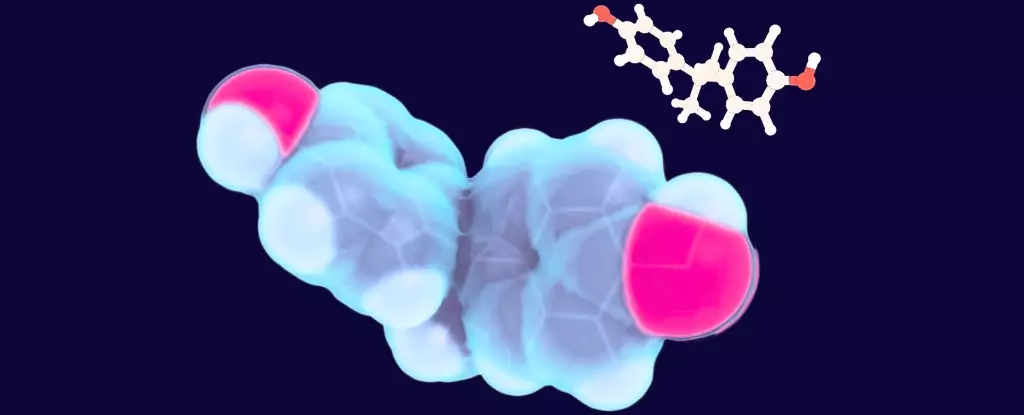In recent years, we have witnessed a notable increase in the diagnoses of autism spectrum disorder (ASD) and attention deficit hyperactivity disorder (ADHD). This trend raises important questions about the underlying causes and contributing factors associated with these neurodevelopmental conditions. These complexities compel researchers to delve deeper into environmental influences, particularly the impact of plastic additives, which are commonplace in our modern lifestyle.
Exploring the Role of Bisphenol A (BPA)
One particular focus of investigation has been bisphenol A (BPA), a widely used chemical found in various plastics and often present in food and beverage containers. Initial studies have indicated that BPA may not only contribute to hormone disruption but also exacerbate health issues such as breast cancer and infertility. The latest research sheds light on a crucial dimension: the differential ability of children with neurodevelopmental disorders to metabolize and eliminate BPA when compared to their neurotypical counterparts.
The Study Parameters
In an important study conducted by researchers from Rowan University and Rutgers University, three distinct groups of children were evaluated: 66 diagnosed with ASD, 46 with ADHD, and 37 neurotypical children. The research specifically targeted glucuronidation—a vital biochemical process that the body employs to detoxify and eliminate harmful substances like BPA through urine. The findings suggest a troubling trend: children with ASD and ADHD demonstrated impaired efficiency in processing and clearing out BPA and diethylhexyl phthalate (DEHP), another hazardous compound commonly used in plastic production.
Compromised Detoxification Pathways
The study’s results revealed that children with ASD were approximately 11 percent less efficient at detoxifying BPA, while children with ADHD displayed a 17 percent reduction. Such inefficiencies may contribute to prolonged exposure to these toxic compounds, ultimately affecting their tissues and overall health. The researchers articulated a critical point: “Detoxification of these two plasticizers is compromised in children with ASD and ADHD.” This raises serious concerns regarding the potential long-term effects of accumulated toxins, especially in regard to neuronal development and functionality.
The potential implications of these findings are significant, highlighting the interplay between genetic predispositions and environmental toxins in the development of neurodevelopmental disorders. The researchers speculate that specific gene mutations may hinder the body’s ability to effectively eradicate BPA, resulting in its retention and accumulation within the biological system. Although the study reveals valuable insights into the detoxification challenges faced by children with ASD and ADHD, it also underscores the complexity of these disorders, pointing out that not all children with these diagnoses exhibited elevated BPA levels – suggesting that multiple factors influence individual experiences.
The quest to comprehend the origins of ASD and ADHD remains an ongoing endeavor. It remains unclear whether the exposure to harmful substances such as BPA begins before birth or emerges later in life, necessitating further research to piece together the intricate puzzle of neurodevelopment. Epidemiological studies supporting a correlation between neurodevelopmental disorders and environmental pollutants like plasticizers continue to expand, suggesting a necessity for more stringent regulations regarding the use of such chemicals.
The findings from recent research reveal a challenging dynamic involving BPA and children with ASD and ADHD. With rising diagnoses, understanding the impact of environmental factors like plastic additives has become even more critical. Policymakers, healthcare providers, and parents are called to action, advocating for reduced exposure to harmful chemicals while supporting further research into prevention and treatment methodologies. Our children’s futures depend on our willingness to explore these linkages thoroughly, ensuring a healthier environment for all.



Leave a Reply